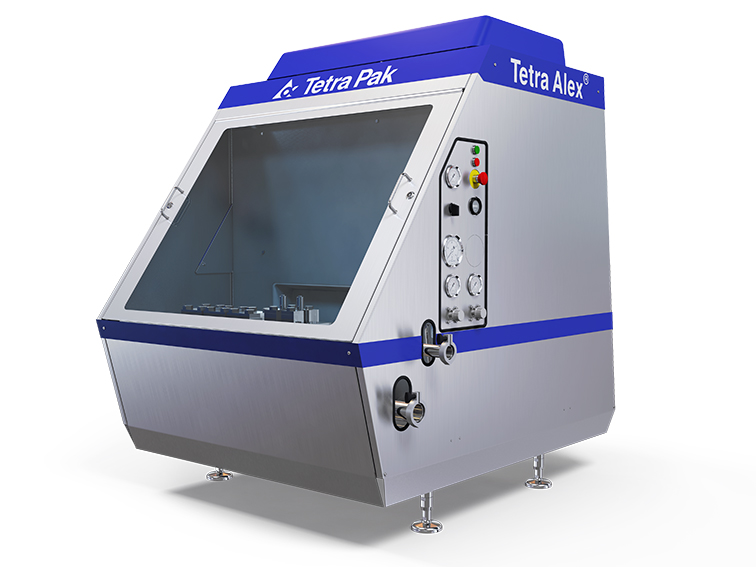Unilever has confirmed that from spring 2016, its adult single-serve ice cream range will contain 250 calories or less in the UK.
A Unilever ice cream spokesperson is quoted as saying “that it has deliberately only changed the size of products that were above 250 calories, and not made any changes to some of the bestselling lines, nor to the recipes”.
“For example, none of the Cornetto products will be changing size as they are already 250 calories or fewer. And none of the standard Ben & Jerry’s 500ml tubs will be changing size”.
Some Magnums and individual tubs of Ben and Jerry’s ice cream will reduce in size to accommodate the calorie cap, with differing price drops, while other products will be removed from the market altogether.
“We set our retail prices based on a number of factors including commodity prices, but we ensure that they remain accessible to all by offering a broad range of products of various sizes and styles so that we can always cater to our consumers’ needs.”
Noel Clarke, brand building director for ice cream, Unilever UK & Ireland, said: “We have introduced this 250 calorie cap to help make it easier for our consumers to make informed and healthier choices when enjoying their favourite ice creams as part of a balanced lifestyle.
“It was important there be no compromise to taste or quality and that’s exactly what we’ve delivered. Our products will still taste as good as ever, but through a process of development and resizing we will ensure our entire single-serve ice cream portfolio will contain 250 calories or fewer.”
The move follows the introduction of products that are 110 calories or fewer across the children’s ice cream range.
The company says that through its Unilever Sustainable Living Plan, it is helping millions take action to improve their health and well-being.









 Twitter
Twitter Facebook
Facebook YouTube
YouTube LinkedIn
LinkedIn